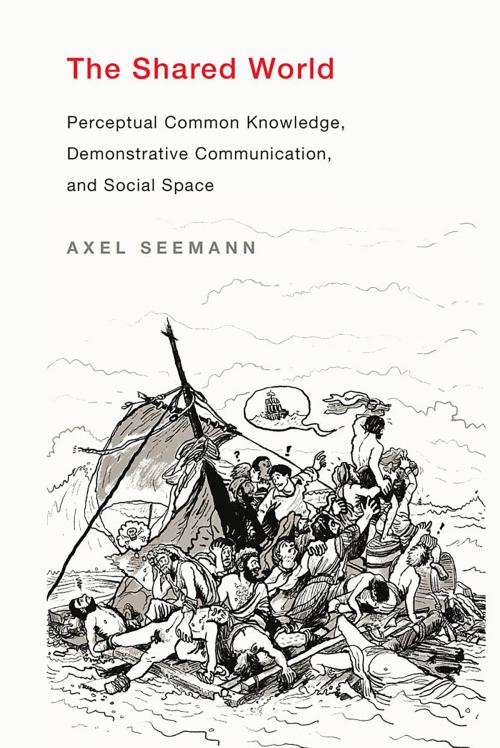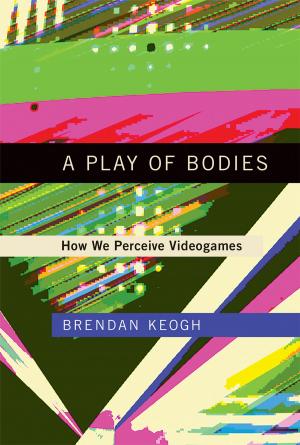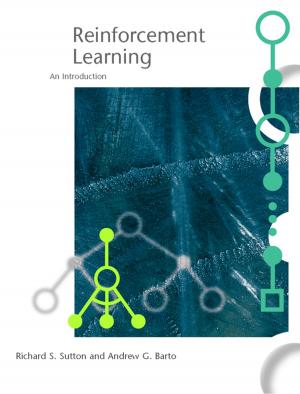The Shared World
Perceptual Common Knowledge, Demonstrative Communication, and Social Space
Nonfiction, Health & Well Being, Psychology, Cognitive Psychology, Religion & Spirituality, Philosophy, Mind & Body| Author: | Axel Seemann | ISBN: | 9780262352734 |
| Publisher: | The MIT Press | Publication: | April 12, 2019 |
| Imprint: | The MIT Press | Language: | English |
| Author: | Axel Seemann |
| ISBN: | 9780262352734 |
| Publisher: | The MIT Press |
| Publication: | April 12, 2019 |
| Imprint: | The MIT Press |
| Language: | English |
A novel treatment of the capacity for shared attention, joint action, and perceptual common knowledge.
In The Shared World, Axel Seemann offers a new treatment of the capacity to perceive, act on, and know about the world together with others. Seemann argues that creatures capable of joint attention stand in a unique perceptual and epistemic relation to their surroundings; they operate in an environment that they, through their communication with their fellow perceivers, help constitute. Seemann shows that this relation can be marshaled to address a range of questions about the social aspect of the mind and its perceptual and cognitive capacities.
Seemann begins with a conceptual question about a complex kind of sociocognitive phenomenon—perceptual common knowledge—and develops an empirically informed account of the spatial structure of the environment in and about which such knowledge is possible. In the course of his argument, he addresses such topics as demonstrative reference in communication, common knowledge about jointly perceived objects, and spatial awareness in joint perception and action.
A novel treatment of the capacity for shared attention, joint action, and perceptual common knowledge.
In The Shared World, Axel Seemann offers a new treatment of the capacity to perceive, act on, and know about the world together with others. Seemann argues that creatures capable of joint attention stand in a unique perceptual and epistemic relation to their surroundings; they operate in an environment that they, through their communication with their fellow perceivers, help constitute. Seemann shows that this relation can be marshaled to address a range of questions about the social aspect of the mind and its perceptual and cognitive capacities.
Seemann begins with a conceptual question about a complex kind of sociocognitive phenomenon—perceptual common knowledge—and develops an empirically informed account of the spatial structure of the environment in and about which such knowledge is possible. In the course of his argument, he addresses such topics as demonstrative reference in communication, common knowledge about jointly perceived objects, and spatial awareness in joint perception and action.















